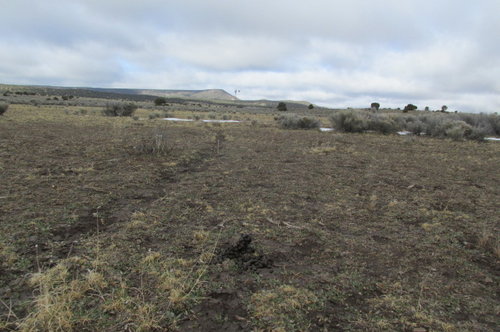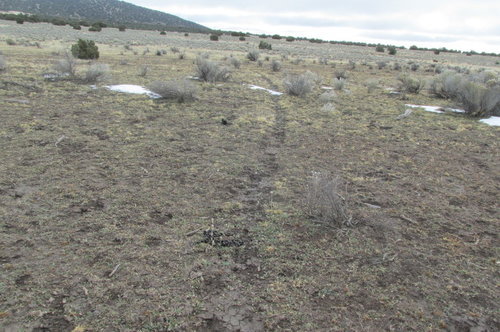I've been doing a great deal of e-scouting the unit I've been thinking of elk-hunting this fall.. I'm intending to target wilderness to try and reduce my run-ins with other hunting parties, and I've learned (on here, I believe) that horseback groups can sometimes be doing the same thing, but more effectively.. to avoid this on foot, look for areas that are lacking horse-trails. My question is this: will elk move about this landscape in a linear fashion and create these same game trails? and will these be as discernible on google earth as a hiking / horse trail?
I'm used to whitetails in the Midwest, who can sometimes wear heavy trails into the forest floor, making their travel patterns highly predictable (when they're travelling is usually the issue though).
So, am I looking at heavy usage trails in the area? or am I seeing places where elk may be moving?
I'm used to whitetails in the Midwest, who can sometimes wear heavy trails into the forest floor, making their travel patterns highly predictable (when they're travelling is usually the issue though).
So, am I looking at heavy usage trails in the area? or am I seeing places where elk may be moving?






